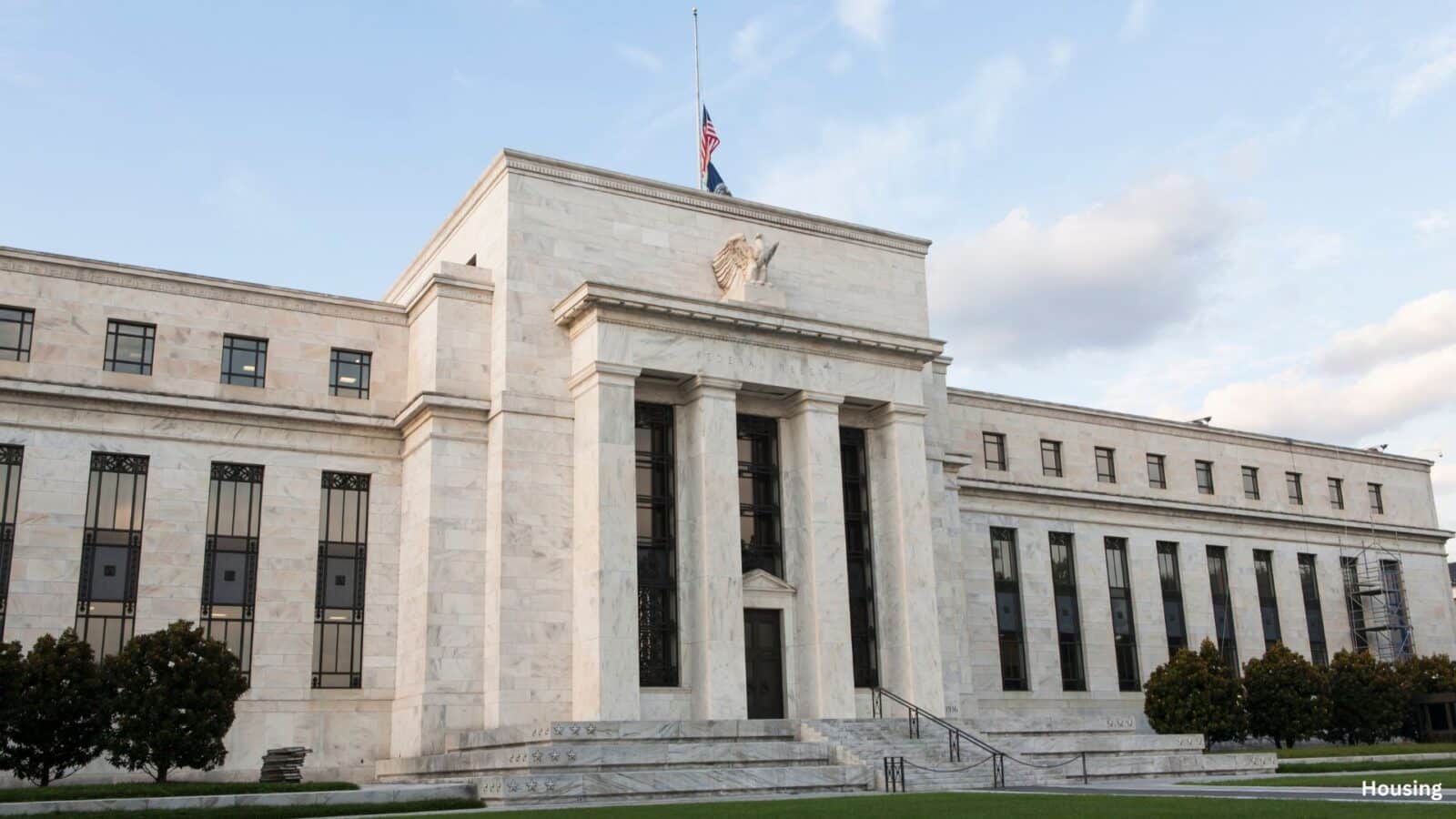The Federal Reserve’s monetary policy decisions, particularly Fed rate cuts, have far-reaching consequences on various sectors, with the housing market being one of the most affected. As the Fed considers cutting interest rates to stimulate economic growth, homeowners, buyers, and the real estate industry await with bated breath. But what exactly are the Fed rate cuts expected to do for the housing market, and could there be unintended consequences?

The Relationship Between Fed Rate Cuts and Mortgage Rates
At its core, Fed rate cuts lower the cost of borrowing, making it cheaper for businesses and individuals to access loans, including mortgages. The real estate market is especially sensitive to such cuts. Lower interest rates mean lower monthly mortgage payments, which can incentivize buyers to jump into the market. According to an article from CNN, housing experts predict that a drop in mortgage rates could bring some relief to homebuyers struggling with the higher costs of owning a home due to increased borrowing costs over the past few years.
However, while lower mortgage rates may increase demand for homes, there’s a catch: the supply of homes remains constrained. This imbalance of supply and demand creates a unique situation where the market may still face challenges despite a reduction in rates.

How Fed Rate Cuts Could Solve – or Worsen – the Supply Issue
One of the major problems in the housing market is the lack of supply. According to Econ 101, when there’s more demand than supply, prices tend to rise. In theory, Fed rate cuts could help ease this imbalance by motivating homeowners with existing mortgages at lower interest rates to sell, increasing the available inventory.
But, as CNN highlights, the reality is more complex. Homeowners with ultra-low mortgage rates from the early pandemic period may still be reluctant to sell, despite the reduced borrowing costs. They’re locked into low-rate mortgages and may not find it financially appealing to sell and buy again, even in a lower-rate environment. Without a meaningful increase in home inventory, any uptick in demand could actually drive prices higher, exacerbating the affordability issue the Fed is trying to address.

Unintended Consequences of Fed Rate Cuts
While Fed rate cuts are generally seen as a positive move for homebuyers, there’s a possibility of unintended consequences. With reduced mortgage rates, demand for homes might surge, which could lead to fierce competition among buyers. If the supply issue persists, the increased demand could cause home prices to skyrocket even further. This would create a paradox: while borrowing becomes cheaper, the overall cost of buying a home could increase.
As Greg McBride, Chief Financial Analyst at Bankrate, told CNN, a drop in mortgage rates could lead to a situation where buying a home becomes even more difficult for prospective buyers due to heightened competition. Home affordability, which the Fed aims to improve, may actually worsen if demand spikes but the supply of homes doesn’t catch up.

The Complex Nature of Fed Rate Cuts and Housing
The impact of Fed rate cuts on the housing market is a double-edged sword. On the one hand, lower interest rates could lower monthly mortgage payments, making homeownership more accessible for some buyers. On the other hand, if the Fed’s rate cuts stimulate demand without addressing the ongoing supply shortage, home prices could continue to rise, making it even harder for buyers to afford a home. As we await the Federal Reserve’s next moves, it’s clear that these decisions will have a profound effect on the housing market, but the outcome may not be as straightforward as many hope.








